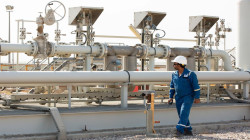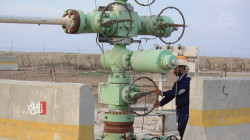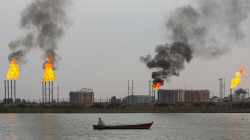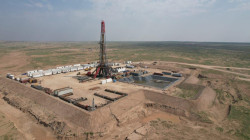Iraq seeks energy independence by 2028

Shafaq News/ Iraq is pursuing six energy diversification strategies to phase out Iranian gas and electricity imports by 2028 to avoid US sanctions and stabilize its power supply, according to The Cradle.
Prime Minister Mohammed Shia Al-Sudani has emphasized that Iraq’s shift away from Iranian energy is driven by economic priorities rather than external political pressure. To achieve this, Baghdad has initiated multiple projects to diversify its energy imports and enhance domestic production. One major step has been securing gas imports from Turkmenistan, with which Iraq signed an agreement last October to import 20 million cubic meters of gas per day
Additionally, Iraq is expanding its capacity to import liquefied natural gas (LNG), primarily from Qatar, and has invited US companies to build an LNG terminal at the Grand Faw Port to support its growing demand.
An overwhelming 80% of Iraq’s power generation is dependent on gas, most of which is sourced from Tehran. Despite agreements signed in 2022 and 2024 to increase electricity and gas imports from Iran, Baghdad continues to face supply disruptions due to Iran’s domestic shortages and renewed US sanctions under President Donald Trump.
To strengthen its electricity grid, Iraq connected its national power system to Turkiye’s network in July 2024 via a 115-kilometer transmission line, securing 300 megawatts for Nineveh, Saladin, and Kirkuk. At the same time, Baghdad is advancing a long-delayed power link with the Gulf Cooperation Council, with a 77-kilometer transmission line from Kuwait’s Al-Wafrah station to Basra’s Al-Faw station, aimed at improving power supply in the south.
Iraq is also working to reduce its reliance on imported gas by curbing gas flaring and boosting domestic production. The government aims to lower flaring to 20% by 2025, down from 47% in 2021 and 33% in 2024. TotalEnergies and other international firms are assisting in achieving this target. Meanwhile, Iraq is investing in new steam and gas power plants expected to generate 35,000 megawatts of electricity.





